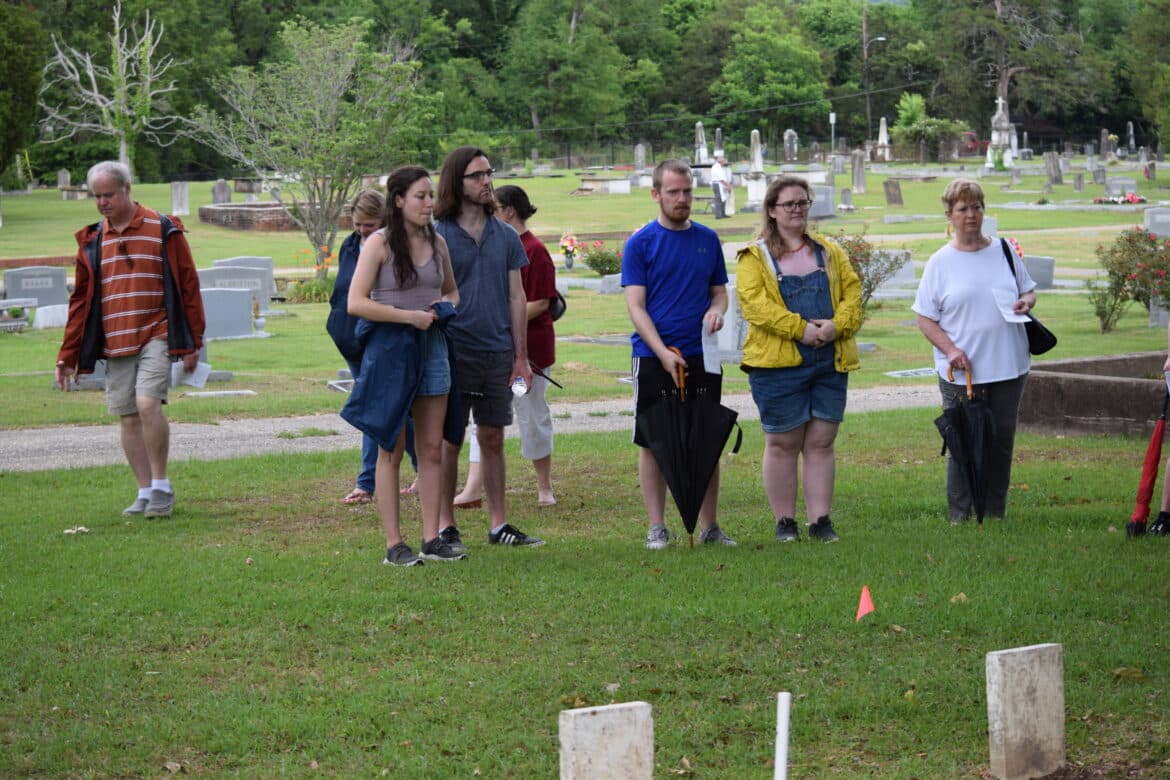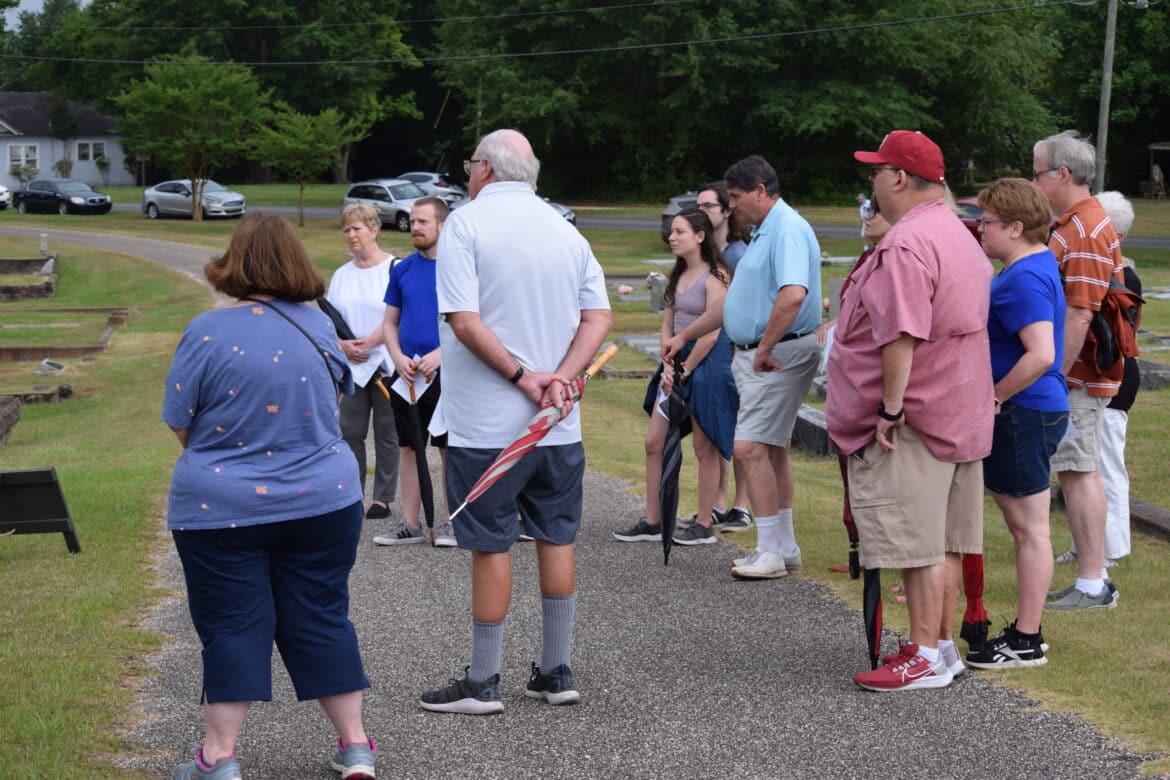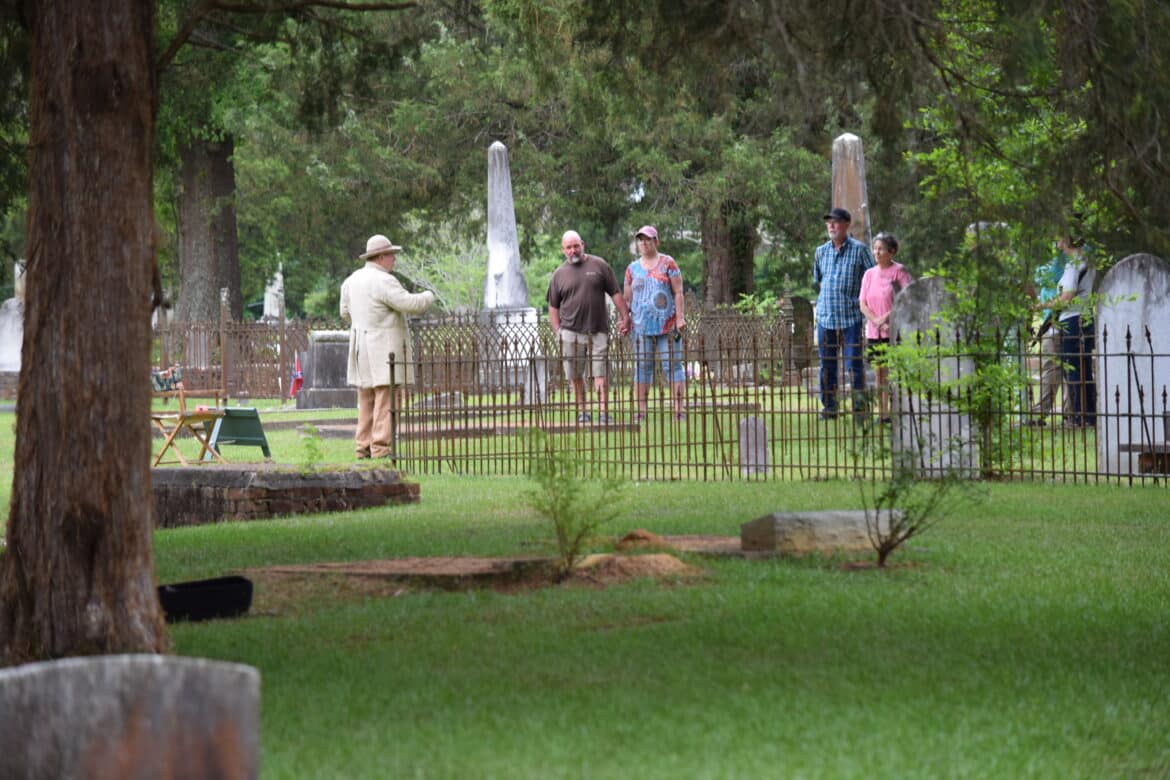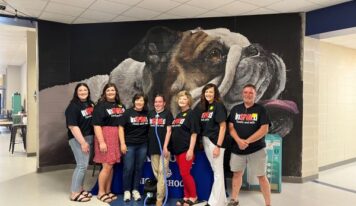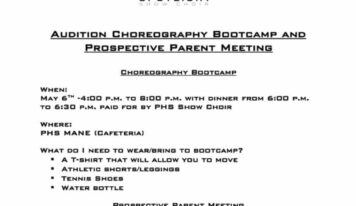
BY DR. JAMES TROGLEN
ELMORE/AUTAUGA NEWS
Editor’s Note: Credit for Enslen biography to Judge John Enslen; All others to Calvin Chappelle.
Threat of rain did not stop the Elmore Historical Society from holding another fascinating City Cemetery Tour Saturday, May 21. For many years the members have researched the deceased in the City Cemetery and brought them back to life, figuratively of course, to help the citizens of Elmore County get a quick, interesting look at their past.
This year was no different as members of the historical society, many in period dress, brought us the stories of eight of the residents of the city cemetery: Alfred and Cora Hester, Charles Kincaid McMorris, John Kelly Fitzpatrick, Alexander Gordon Due, John Jacob Enslen, Josiah Skinner and Cornelius Saxon. They ran the gamut of interest with two civil war veterans, a Spanish Flu victim, an African American WWI veteran, a Smithsonian artist to a fisherman known for catching a 300-pound Sturgeon in the Coosa River. Weather threatened several times to stop the event but stayed off long enough for everyone interested to get a good helping of Alabama history, Wetumpka’s in particular.
The cemetery itself is worth exploring on its own. It dates back to 1842 with an anonymous letter asking for at least two acres of land to be devoted to burials in Wetumpka. It is estimated over 3,000 burials have been held in the cemetery with more continuing to this day.
The Portrayers:
Roger Parker (past Historical Society President) portrayed Alexander Gordon Due; Andrew Conner portrayed German immigrant John Jacob Enslen; Neal Pridgen from The Kelly, portrayed John Kelly Fitzpatrick; Richard and Michelle Meeks portrayed Albert l. Hester and his daughter-in-law Cora; Calvin Chappelle portrayed Charles Kincaid Morris; Charles Gibbon portrayed Cornelius Saxon and Kenny Morrison portrayed Josiah “Uncle Joe” Skinner.
Here are their stories, as presented during the Cemetery Tour

Alexander Gordon Due – I was born in Darlington, South Carolina on Nov. 23, 1819, but moved to Wetumpka at a young age, spending most of my memorable childhood here. My father died in 1840, leaving me, as the eldest son, to care for my seven siblings and our widowed mother. I married my first wife, “Lizzie” Zimmerman, in 1848 and together we had four children.
Through hard work and perseverance, I became a leading merchant in Wetumpka – and many credit Wetumpka’s prosperity to my enterprising nature. Sadly, my wife Lizzie died of consumption (tuberculosis) in 1859, and our daughter, who we affectionately called “Gussy,” died three years prior.
On the eve of the war, I married Emma G. Watkins, and we would eventually have seven children together. I was a slave owner, but when the calls for secession were brewing in 1860, I was opposed to it, and I voted for Douglas and Johnson in the 1860 presidential election. After Lincoln was elected and Alabama seceded, I reluctantly, but without protest, gave aid to that cause. After the war, I was granted amnesty by President Johnson, but also appealed for a full pardon – mostly due to my large property holdings, which were worth well over $20,000. A full presidential pardon restored by citizenship and allowed me to continue my business ventures without fear of arrest or seizure.
I continued my ventures in the merchant business, focusing mostly om dry goods. During Reconstruction, m any people in Alabama thought they had better chances leaving the state. I opposed this practice, and wrote an article titled “Stay Where You Are” widely distributed in newspapers urging Alabamians to stay put, quoting Old Horace: “Happiness depends not upon place or climate but upon the state of one’s mind. Rolling stones gather no moss.”
“Fear God, love your neighbors, your wives and don’t try to get rich in one year. With industry, economy and temperance you can succeed as well in Alabama as anywhere else.”
On March 22, 1882, I died of a heart attack, but stuck to my belief, living out my final days in Alabama.
Charles Kincaid McMorris
My name is Charles Kincaid McMorris. I was born on March 5, 1835 in Lafayette, Alabama. My father was a Universalist Preacher, and my mother, bless her soul, died when I was just 10 years old. My father did remarry, however, and I received a formal education. By 1860 was I working as a merchant’s clerk in Wetumpka, but war was brewing. Southern leaders warned of economic ruin and social chaos should Lincoln be elected and on Jan. 11, 1861, Alabama left the Union. There was a call to arms, and the young men of Wetumpka and its vicinity responded and the Wetumpka Light Guard was formed.
The night before we marched off, we were treated to a huge feast by the fine citizens of Wetumpka.
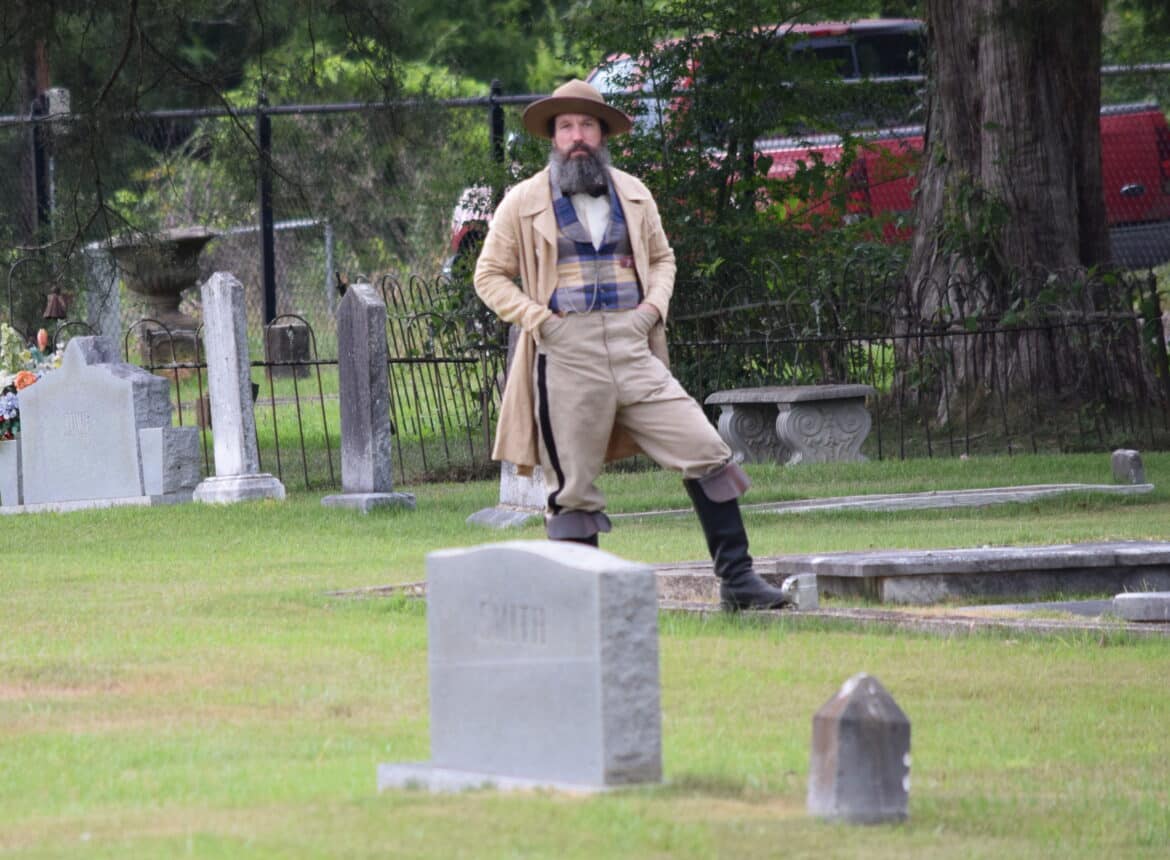
On April 27, the company left Wetumpka by steam boat for Montgomery where we joined the 3rd Alabama Infantry. From there we traveled by train to Lynchburg, Virginia, and were officially mustered into the Confederate army. We were the first regiment from Alabama to reach the front.
We saw action at Seven Pines, Malvern Hill, Gettysburg, Antietam, and the Wilderness, and what remained from our regiment was at Appomattox when Lee surrendered. I was wounded twice, but came out of the war much better than many of my comrades.
The first news of the surrender came to Wetumpka in April of 1865. A messenger came to tell the people, and he reached here just as the Presbyterians were leaving their church. It seemed fitting that the news should have been brought there first as it was in this church that the farewell sermon to the Wetumpka Light Guard had been preached.
In 1866, I married Bettie Kavanaugh, and over the years we had 5 children. I returned to my ventures as a merchant and dealer of fine furniture, and eventually ran successful undertaker’s establishment. I was a Mason, and member of the Baptist Church, and member of the International Order of Odd Fellows.
I saw Wetumpka grow during my lifetime, and witnessed a few disasters as well. My house, which was located across the street for First Baptist Church, flooded in 1886. The waters of the Coosa rose over 61 feet, and dishes and furniture were floating around our house. In 1902 Wetumpka suffered another disastrous fire, and my undertaking establishment was nearly destroyed had it not been for the bucket brigade.
I was a charter member and first treasurer of Camp 255, United Confederate Veterans and the surviving members of the Wetumpka Light Guards held a reunion every year until there was just one of us left.
In addition to my own personal business affairs, I served deputy collector of internal revenue, Sheriff of Elmore County, City Clerk of Wetumpka, and Treasurer of Elmore County, serving 5 full terms, and was on my sixth when I took ill from typhoid fever and pneumonia. I died on Dec. 4th, 1912 at age 77.

John Kelly Fitzpatrick
I am John Kelly Fitzpatrick, better known as Kelly Fitzpatrick. I was born on August 15, 1888, the same day as Napoleon Bonaparte. Of course, he was about 120 years older than me, but we share the date, nonetheless.
My parents were Dr. Phillips and Lovedy Jane Fitzpatrick. My mother was a Kelly, and she gave me that name to pass on down.
I grew up in Wetumpka, and if you’re from around here, I probably went to school with some of your parents or grandparents.
I remember when I was four, Santa left me paints and paintbrushes. I painted my first picture that Christmas, using those paints and brushes. That’s when I knew I was going to be an artist.
I spent time at the Chicago Art Institute, did a tour of duty during World War I, and went off to Paris to study art for a year. I helped create the Dixie Art Colony. You may have heard of it. I became the first director after it was organized in 1933.
I’m pleased to tell you one of my paintings was hung in the White House when Roosevelt was President, and when Eisenhower took office, he moved it to his private office. I heard it was moved to the Smithsonian sometime in the 70s.
I died of a heart attack on April 18, 1953. I never expected to die so young, but I sure did enjoy life! So don’t you cry for me. I had fun, friends, and plenty of laughter!
Thank you for spending time with me.

Alfred Lafayette Hester
Greetings, I am Alfred Lafayette Hester.
I was born in Coosa County, Alabama on Oct. 8, 1841. When I wasn’t helping my father and brothers on the farm, I attended school and learned to read and write. When the war broke out in 1861, I enlisted in Co. D, 17th Alabama Infantry alongside my two brothers, John and George. Several of my cousins were in the same regiment. Everyone was joining up – we all wanted to see the elephant! (war-time slang for seeing battle) Ahh, the folly of youth!
My brother John was Captain and later made Lieutenant. Sadly, my brother George didn’t survive the war, and died in 1862. I served as a Sergeant for the company, and we saw action at Shiloh, Atlanta, Franklin and Nashville to name a few.
I was paroled in May of 1865 at Montgomery, Alabama immediately after married my wife, Sarah. Together we had 11 children. In my later years, I suffered terribly from rheumatism, no doubt brought on from years of sleeping on the cold, hard ground during the war. I was also shot in the right elbow at Atlanta, and am blind in my right eye and my other one is quite weak. War is not for the weak of heart, and neither is getting old. What brings me comfort in my old age is watching my own children marry and start their own families.
My youngest son, Hester, married sweet Cora (Cora Belle Bush Hester) here.
Cora-Bell Bush Hester
I was born Cora Belle Bush, but married Walter Hester on July 10, 1909. When I first met Walter he was working in a saw mill. I worked in a mill of a different kind when I was younger, the cotton mill. Most all of my brothers and sisters worked there from a very young age – we were what they called “lint-heads.”
It was dangerous work, but meeting Hester changed all that. Together we had four children, one boy and three girls. They are my pride and joy. Hester soon took a job working for the L&N Railroad (Louisville & Nashville) repairing rail cars, and life got a little easier. He was also a proud member of the Modern Woodsmen of America, one of the first fraternal benefit societies in the United States. Things soon got tougher though. The Great War created trade disruptions in Alabama, especially where cotton was concerned. The British started making more war materials and less cotton, and a lot of folks moved North to work in factories. Just when the war was coming to an end, the Spanish flu devastated many communities. Despite our precautions, I caught the flu, and died on Feb 28, 1919.
Alfred: Of all the hardships I endured in my life, this was perhaps the toughest. My son did his best to raise those children, and I helped where I could. I joined my daughter-in-law in death nearly a year later on Feb 14, 1920.
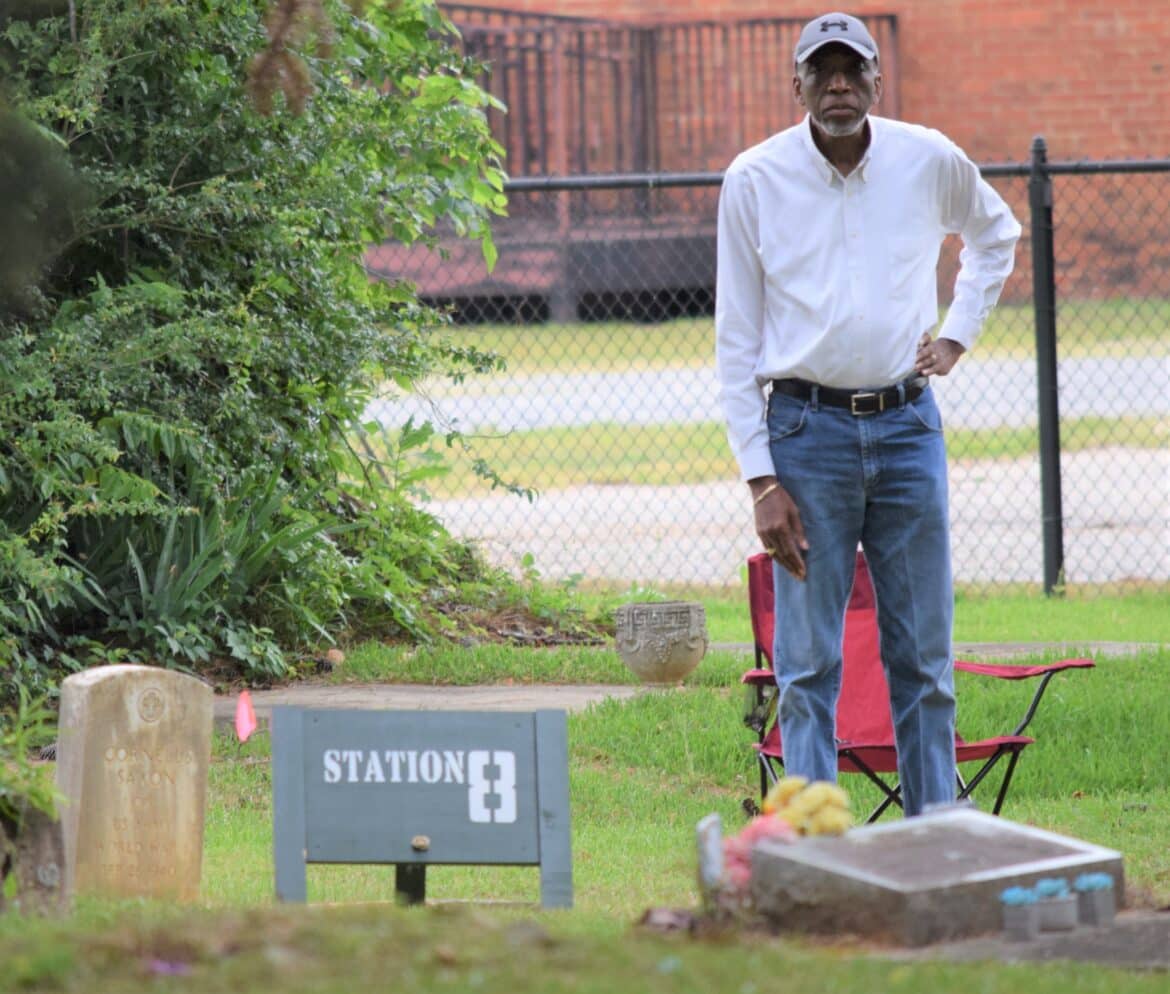
Cornelius Saxon
My name is Cornelius Saxon. I was born on July 12, 1890 in Wetumpka, Alabama. When I was born, my father, Charles, was working as a carpenter and my mother, Saphronia, was working as a washerwoman. I had two older sisters, and two half-siblings.
I attended school until the 6th grade and helped my parents as I was able. Before my twentieth year, I moved to Birmingham, then called the Magic City because of the rapid growth of its iron and steel industry, and took on odd labor jobs before securing employment with the L&N Railroad. I married my first wife, Laura in 1916. Soon after though, I was drafted into the Army and reported for duty on Oct. 29, 1917. Two days later we were sent to Camp Dodge training camp near Des Moines, Iowa. After training, we were sent to Hoboken, NJ and then on to France.
I served as a Corporal in Co. E, 366th Infantry. The 366th Infantry was an all African American (segregated) unit of the United States Army during WWI, and the regiment also fought with distinction in WWII. I returned to the United States in February of 1919, and made my way back to Birmingham.
I was able to regain my employment with the L&N Railroad as a fireman. Now, I wasn’t the fireman you usually think of. Back then, trains were run on steam, and it was my job to shovel coal into the furnace, tend to the boiler, and to make sure that the train had the power necessary to negotiate hills and turns – but most importantly, to make sure it didn’t explode!

On March 21, 1938 I married Christine Curtis Allen, a nurse. She was 22, I was 47. Her father was also a railroad man, and that is how we got to know each other. When we first met, she was married to a man of questionable values, but she was able to divorce him a few weeks before we were married.
Sadly, I died just a few years later on Sept. 26, 1940 at the age of 50. I took one final ride on the railroad to be buried here in Wetumpka, next to my kinfolk.
Josiah Skinner
My name is Josiah Skinner, but most folks call me Uncle Joe. I was born in March of 1837 in Mississippi, but grew up in Wetumpka with my father who was a confectioner.
When I wasn’t helping my father, I spent most of my time fishing in the Coosa River. When war was a brewin’, I enlisted with the Wetumpka Light Guards, also known as Company I, 3rd Alabama Infantry. All the local boys were treated to a huge feast in Haggerty Hall, meats and cake enough to feed five hundred, and plenty of the best liquors to wash it down!
When we first marched off we were fresh fish indeed, but I soon learned the cruelties of war. We were the first Alabamians mustered into Confederate service, and we saw action at Seven Pines, Malvern Hill, Gettysburg, Antietam, and the Wilderness, and what remained from our regiment was at Appomattox when Lee surrendered.
I was wounded several times; I was hit in the breast by a piece of shell at Malvern Hill (Virginia), caught bullets in the thigh and wrist at South Mountain (Maryland), was shot in the leg at Chancellorsville (Virginia), and shot in the hand at Winchester (Viriginia) resulting in the loss of my middle finger (would you look at that, it’s grown back!)
I was discharged on Sept 19, 1864 at Winchester, VA, no longer fit for service and officially paroled on April 9, 1865 in Montgomery. I married my wife, Mary Jane, on Feb. 10, 1873 and we had one son, William, who farmed for us.
Life ain’t easy for an old veteran, but I did the best that I could. I continued doing what I loved most, fishin’. I once caught 135 fish in two hours with just one hook – the newspaper even wrote about it. My biggest catch was a sturgeon that weighed over 300 pounds! I sold fish to market, and worked as a huckster selling all manner of things; fruits like oranges, apples, and bananas, and other fancy groceries. State pensions for Confederate soldiers helped, but they weren’t much, just $16.36 a year.

I even took on a night job working as a watchman – easy work for an old soldier, even if I was a bit maimed. When I wasn’t working or fishin’, I enjoyed the company of my local comrades who had survived the war. We attended the Confederate reunions in Nashville and Montgomery, and agreed to meet every year until there was just one of us left. I died in May of 1906, at 69 years old.
Jacob Enslen
My name is John Jacob Enslen. That’s the English version of my name. I was born on July 24, 1812, in the Kingdom of Wurttemberg, a part of the German Confederation. I was the 6th child of my father Johan David Enslen and my mother Maria Elizabeth Vetter Enslen. My mother died during my birth. My father remarried after my mother’s death, and I was raised by my step-mother Regine Margareta Ruhle. I had several half-siblings who are all younger than me.
My father died in 1834 when I was 22 years of age, and I decided to take my inheritance and travel to America. I booked passage on a ship that disembarked at the port in Philadelphia. I made my way south to Coosa County in the State of Alabama. I had learned that the land in Alabama was now safe from the Indians and that many settlers were going there because of the fertile land and plentiful creeks.
There were not many of us here and land was cheap. I worked hard and spent my inheritance funds wisely. Within five years I was able to acquire about 1,000 acres of hilly wooded lands east and northeast of the Crommelin lands on the rivers.
In late 1840, at age 28, I married Amelia Flynn, age 19. She was the daughter of an Irish immigrant who lived in Columbus, GA.
We built a house on my property near the cliffs on the Harrogate Springs wagon trail.

